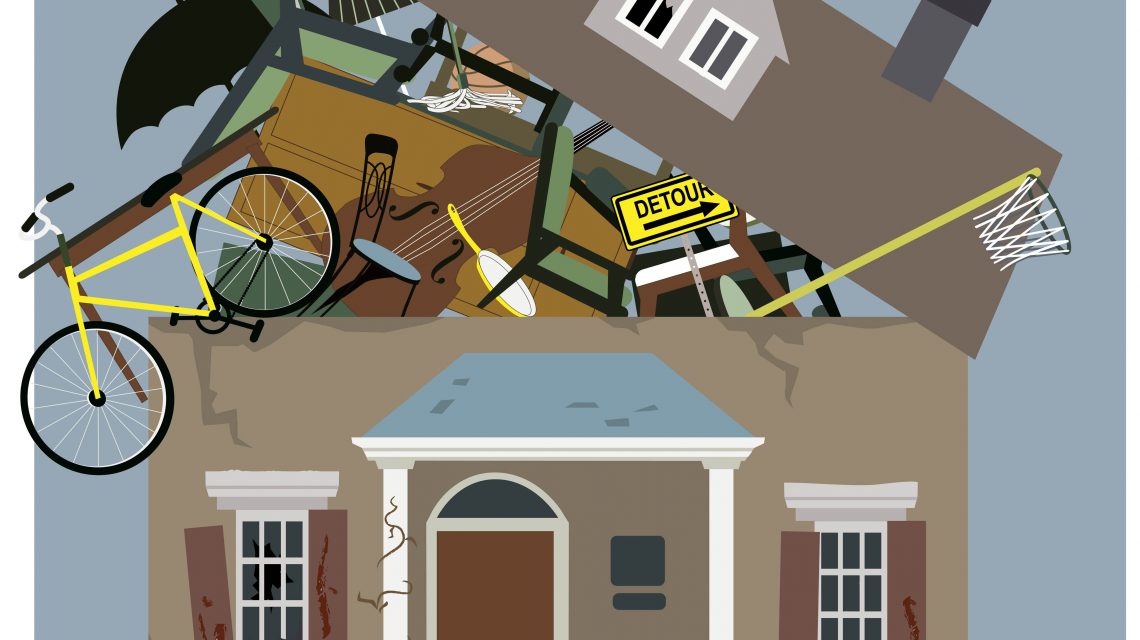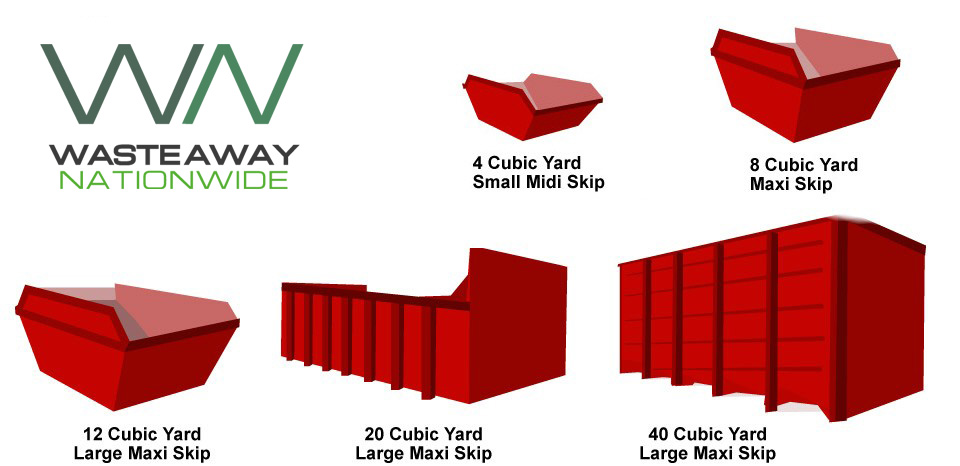What is a hoarder?
A hoarder is someone with a hoarding disorder. A hoarding disorder is when an individual collects various items and stores them, usually in their homes. Over time, this clutter piles up and is stored in a chaotic manner, which results in an unmanageable amount of clutter. Hoarding is considered a problem when it starts to affect the daily life of an individual, for example, if the kitchen cannot be used because there’s too much clutter in the way. It is also considered a problem if the hoarder is experiencing stress because of the clutter, for example, if the hoarder becomes upset when someone tries to clear the clutter.
It is important to encourage a hoarder to seek help, especially if it is affecting their day to day life. Not only is hoarding problematic for mental health reasons, but it can also pose a health and safety threat to the people living in the home.
- Educate yourself with hoarding disorders
- Listen to the hoarder
- Focus on the health and safety aspects
- Encourage the hoarder to get professional help
- Set achievable goals
- Start to slowly declutter
- Let the hoarder be in control
- Get professional assistance if things get too difficult
Educate yourself with hoarding disorders
Hoarding is a problem that comes from more than just storing clutter. Some hoarders will be in a battle with emotional, physical, social, financial and even legal problems. This can become difficult for not just the hoarders themselves, but also for family members.
Some symptoms and behaviour may include:
- The inability to throw away items
- Anxiety and possibly panic attacks when throwing items away
- Difficulty with organising items
- Indecisive about what to keep
- Feeling embarrassed or overwhelmed by their hoarding problem
- Suspicion of people touching items
- Fear of running out of items or needing items in the future
- Loss of living space, social isolation
If you don’t fully understand it yourself and feel that you need some assistance to help a family member, or friend’s hoarding problem, call in professional support.
Listen to the hoarder
The first step is to listen to the hoarder. The idea is to not talk about the hoarding problem itself unless they feel confident enough to do so. When you start to discuss the problem, suggest that the hoarder gets professional help, without coming across as though you’re judging them.
Focus on health and safety aspects
When discussing hoarding, focus less on the hoarding issue and more on the issues that it causes the hoarder and how it may be detrimental to their health and safety.
Encourage the hoarder to get professional help
If the hoarder is experiencing problems with their mental health, it will be even harder for them to get past their hoarding problem. You should always seek out medical advice before starting to de-clutter, as de-cluttering may be considered a traumatic event for them. It is important to keep in mind that many hoarders do not believe that they have a hoarding problem. The key here is to remain patient and suggest how decluttering could benefit them and make their life easier. For example, if there were clothes in the bathroom covering the sink, you could suggest that they could wash their hands easily if they got rid of some items in the way.
As well as this, there are professionals who can assist in helping a hoarder to declutter their homes, so that their living conditions are less stressful.
Set achievable goals
A key element of helping a hoarder declutter is by coming up with an achievable plan of action, where they feel in control. You could come up with a plan of what items to keep and what items not to keep and suggest the order in which you will be decluttering. For example, you could start by writing down: I want to keep 70 items in the kitchen and 40 items in the living room, then suggest starting first in the living room. After this has been done, discuss a place where you can transfer the items that will eventually be thrown away to a holding place, where the items can be kept for a limited period of time. Having a holding area for the hoarder means that if they change their mind about throwing away a particular item, they can go back and get it. Then write down how long the items should be in the holding area, say 1 week before they get thrown away.
Start to slowly declutter
Remember that to you, decluttering is easy, but this isn’t the case for a hoarder, declutter slowly. You can suggest getting a tip at the time of throwing away the items. You can get a tip from Wasteaway, where you can keep the tip for 2 weeks, giving you plenty of time to work through the clutter.
Let the hoarder be in control
Let the hoarder be in control of all the decision making, you cannot take control for them, only encourage.
The hoarder should be in control of:
- The pace of the decluttering
- What items are being thrown away
- How the items are being thrown away
Get professional assistance if things start to get difficult
Helping an individual with a hoarding disorder can be difficult. There are compassionate people who specialise in helping hoarders combat their difficulties.
Thank you for reading our blog ‘8 decluttering tips for hoarders’. If you’re decluttering for a hoarder, or are a hoarder looking to declutter, Wasteaway provides skips for 14 days which will give you the time you need to declutter room by room.







